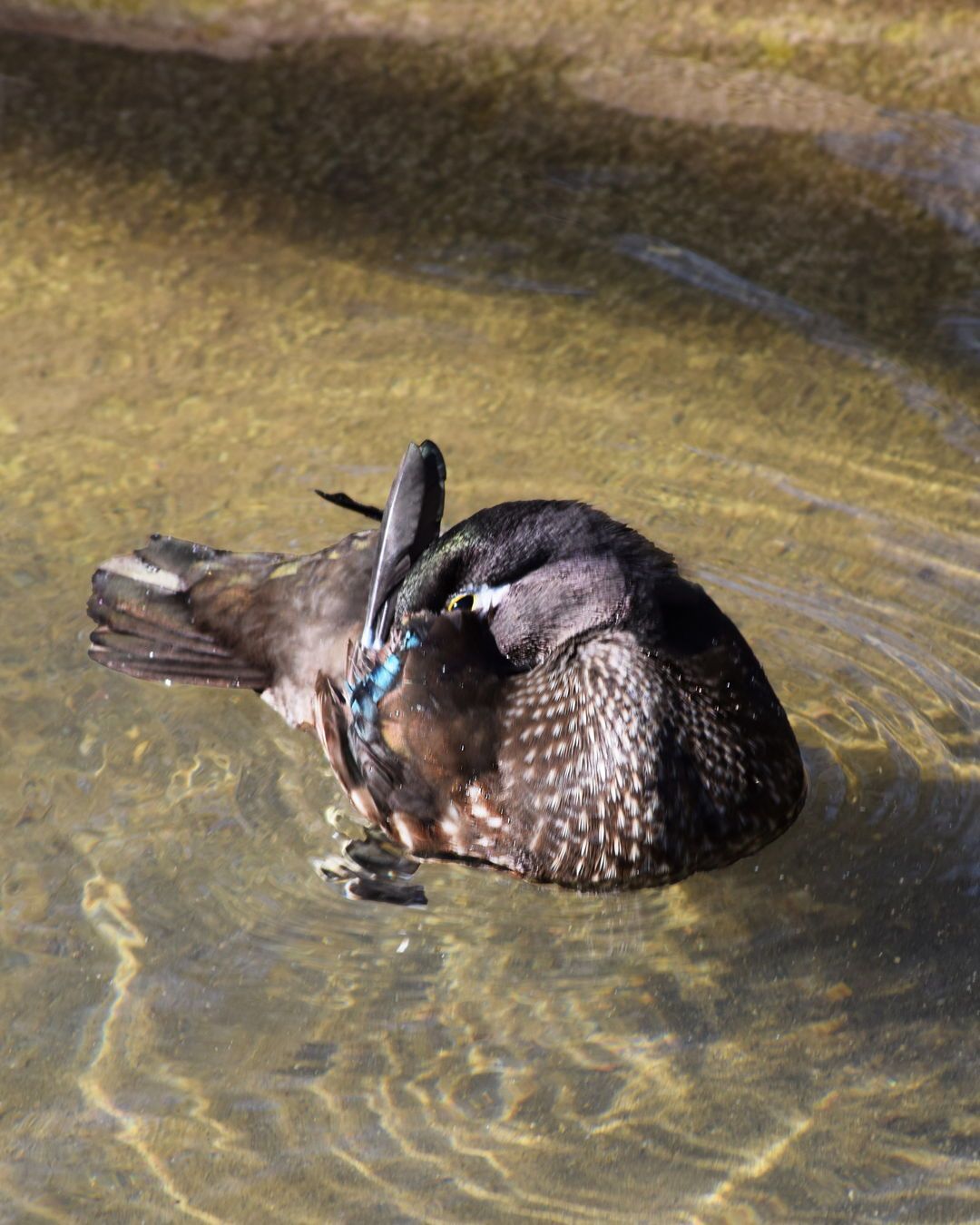- Birds engage in preening to maintain their feathers, which is essential for flight, insulation, and waterproofing.
- The process of preening involves spreading oil to make feathers water-resistant, especially crucial for birds like waterfowl.
- Preening not only plays a vital role in a bird’s physical health but also influences its social and reproductive behaviors.
- Proper feather maintenance is essential for birds’ survival, affecting their ability to fly efficiently, stay warm, and even communicate.
- Conservation efforts emphasize the significance of understanding avian maintenance behaviors to protect various bird species.
Birds maintain their beautiful appearances through a fascinating behavior known as preening. This critical act is far from a mere aesthetic endeavor. It plays a significant role in a bird’s life, helping them sustain proper feather condition crucial for various survival functions such as flying, staying warm, swimming, and ensuring waterproofing—a paramount need for waterfowl. Preening might seem straightforward on the surface; however, it involves intricate behaviors and anatomical adaptations that directly impact a bird’s health and social interactions.
Birds heavily depend on their feathers for survival, and preening acts as their personal grooming ritual to maintain these structures. During preening, a bird will use its bill to align feathers, remove parasites, and apply oils. Birds have a specialized gland at the base of their tail called the uropygial or preen gland. This gland secretes an oily substance that they spread across their feathers using their beaks. This oil application serves two fundamental purposes: it coats the feathers in a waterproof layer, helping the bird remain dry, and it maintains the feather’s flexibility and strength, necessary for efficient flight.
Waterfowl, such as ducks and swans, greatly rely on this waterproofing ability. Without preening, their feathers would become soaked, compromising buoyancy and heat retention—critical elements for survival in aquatic environments. Beyond water resistance, preening keeps feathers aligned correctly, maintaining the aerodynamic shape required for flying. Given how migration forms an integral part of many birds’ life cycles, the ability to fly efficiently over vast distances is essential.
Feather condition also plays a role in thermoregulation. Properly maintained feathers trap air and create an insulating layer that conserves heat. Birds in cold environments rely heavily on this to survive frigid conditions. Without effective preening, their thermal regulation could be significantly impaired, leaving them vulnerable to hypothermia.
Preening isn’t simply a solitary task focused on self-maintenance—it has social dimensions as well. Birds engage in mutual preening or allopreening, which helps strengthen bonds between mates or within flocks. Such interactions can offer insight into the bird’s hierarchical structure and relationships. Furthermore, preening has a direct influence on reproductive success. Bright, well-maintained plumage is often an indicator of a healthy bird, making it more attractive to potential mates. In many species, plumage quality is a key factor in mate selection, directly impacting reproductive success.
Understanding preening behaviors is crucial for those engaged in bird conservation and management. From conservationists working to sustain populations of endangered species to zookeepers managing the health of birds in captivity, knowledge about such behaviors enables more effective care and strategic planning. For instance, recognizing the importance of clean water sources can provide birds the means to maintain their feathers properly, highlighting the interconnectivity of habitat quality and wildlife health.
Bird feathers are subject to wear and tear from environmental factors and activities. Thus, preening is necessary to repair daily minor damages, ensuring the seamless functioning of their plumage. Stress or illness in birds often manifests as neglect in preening behavior, making it a valuable indicator for wildlife caretakers to monitor avian health.
From an ecological standpoint, birds are pivotal in different ecosystems, and preening plays an essential role in maintaining the balance. Whether dispersing seeds, controlling pest populations, or contributing to the food web, healthy bird populations keep ecosystems dynamic and resilient. Efforts to protect bird habitats ensure they have adequate resources for preening, which, in turn, fosters their ability to perform ecological roles effectively.
In conclusion, preening is an essential activity through which birds maintain their feathers, crucial for their survival and ecological roles. This behavior showcases the remarkable adaptations birds have evolved for survival and their dependence on healthy ecosystems. Understanding preening not only illuminates bird biology but also underscores the importance of our efforts in conserving these winged wonders and their habitats. Through comprehensive studies and conservation initiatives, we continue to learn from and protect the diverse avian species that enrich our world.
*****
Source Description
DYK: Birds maintain their beautiful appearances by “preening” their feathers! Keeping feathers in good condition allows birds to fly, stay warm, swim, and waterproof their feathers – something that is especially important for waterfowl. They use their bills to spread a thin layer of oil over their outer feathers, which repels water and keeps them dry.


